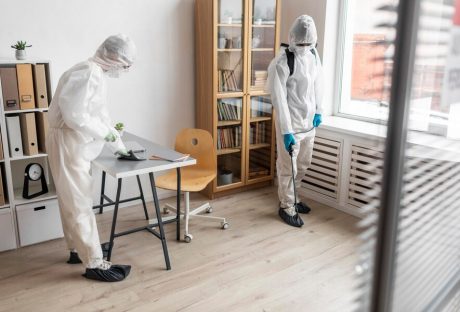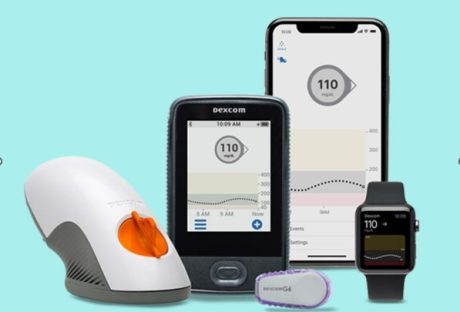It is not uncommon to have a drink at the end of a hard day’s work or enjoy a glass of champagne at a social celebration. However, some people find it difficult to limit their alcohol intake to occasional use and they risk losing control of their drinking and developing alcohol use disorder or AUD. Fortunately, there is plenty of outpatient and inpatient alcohol abuse rehab options available across the country to help.
When a person is frequently drinking too much and too often and are no longer able to control their alcohol consumption, it can signal a bigger problem. There are two different issues caused by regularly drinking too much. One is termed alcohol abuse and the other alcoholism which is also referred to as alcohol dependency. Both conditions carry their own risks although individuals are able to recover from even the most severe forms of AUD with the right kind of inpatient or outpatient alcohol rehab.
Although both of these terms are commonly used interchangeably, there are significant differences between the two conditions. Individuals who are abusing alcohol frequently drink to excess which results in them indulging in risky behavior and exercising poor judgment. A person who has alcoholism, on the other hand, has developed a physical need to consume alcohol in order for them to feel okay.
Alcohol abuse and alcoholism are significant issues in America, with around 18 million people struggling with alcohol use according to the National Institute on Alcohol Abuse and Alcoholism. This is why it is crucial to find a reliable alcohol and drug rehab facility. Both conditions place individuals at risk of developing serious health conditions and even certain cancers. Alcohol also heightens the symptoms of any other health issues including heart disease, circulatory problems, and osteoporosis.
What Are the Symptoms of Alcohol Abuse and Alcoholism?
When there is a high concentration of alcohol present in a person’s bloodstream, they will exhibit the following behaviors:
- Slurred speech and lethargy
- Slowed reflexes
- Decreased mobility
- Lack of focus and difficulty concentrating
- Poor judgment and taking unnecessary risks
- Blackouts and loss of short-term memory
- High levels of alcohol can cause respiratory problems, coma, and death
There are also other hazards associated with drinking to excess that place individuals at risk including:
- Injuries caused by falls or accidents
- Drowning
- Fighting and brawling
- Suicide
- Driving under the influence
Because alcohol is a depressant and many people use it in order to de-stress or “numb” themselves from difficult situations. This often makes individuals more susceptible to becoming reliant on alcohol as a crutch to help them get through the day.
The symptoms of alcohol abuse include the following:
- Using alcohol to relax or de-stress
- Consistently driving under the influence of alcohol
- Increasing problems with close personal relationships
- Neglecting responsibilities at home or work
- Legal problems resulting from alcohol consumption
Alcoholism is the most severe form of AUD and the symptoms include:
- Overwhelming cravings for alcohol that can’t be controlled
- An inability to quit drinking despite the damage it is doing to an individual’s health, career or personal relationships
- Being deceptive about how much the individual drinks and becoming combative if challenged
- Attempts to conceal alcohol consumption including hiding bottles in unusual places around the home or office
- A preoccupation with consuming alcohol that makes them unreliable at home or work
- Drinking without the knowledge of loved ones and friends
- Being unable to get through the day without using alcohol
When someone has been abusing alcohol, they are often in denial of there being a problem. However, it is possible for others to see the warning signs and they can recognize that their loved one needs to enter an alcohol abuse rehab center. It is not unusual for people to become aggressive or defensive if challenged about how much they drink, and they are likely to take the criticism personally. If loved ones of addicts want to ensure they enter an alcohol abuse rehab center, it is worth using the services of an intervention specialist to help get them admitted.
Who Is at Risk for Alcoholism?
There are numerous factors to consider when diagnosing individuals with alcohol abuse or alcoholism and there is no stereotypical sufferer. Some people initially start drinking due to a lack of confidence in social situations, whereas others may use alcohol to help them cope with stress or other problems in their lives.
Issues with alcohol can also be genetic, although a history of alcohol abuse or alcoholism in the family does not necessarily mean all future generations will suffer. Ultimately, the exact cause of AUD is often much more obscure than it seems, which is something that is best addressed in therapy in an alcohol abuse rehab setting.
Individuals experiencing the following are more likely to deal with their problems by using alcohol:
- Depression
- Loneliness
- Emotional stress
- Boredom
When alcohol use and abuse is driven by emotional issues or in response to a traumatic event, it is often more complex to treat. This is mainly because people develop a tolerance to alcohol that makes them want to drink progressively more to get the feeling they originally enjoyed. This progressively increased intake of alcohol leads to an accumulation of toxic chemicals in the body which often has a widespread effect on the individual’s overall well-being.
Elevate uses the holistic approach to treating alcohol abuse and alcoholism that seeks to gently heal patients and set them on a path to recovery. Holistic therapies address the underlying issues driving alcohol abuse through a variety of natural techniques and practices. In order to overcome issues with alcohol, it is important to heal the person as a whole in terms of their physical, emotional, and psychological health. Holistic therapies used in alcohol abuse rehab provide patients with tools that empower them to achieve and sustain long-term recovery.
Read Also:






















